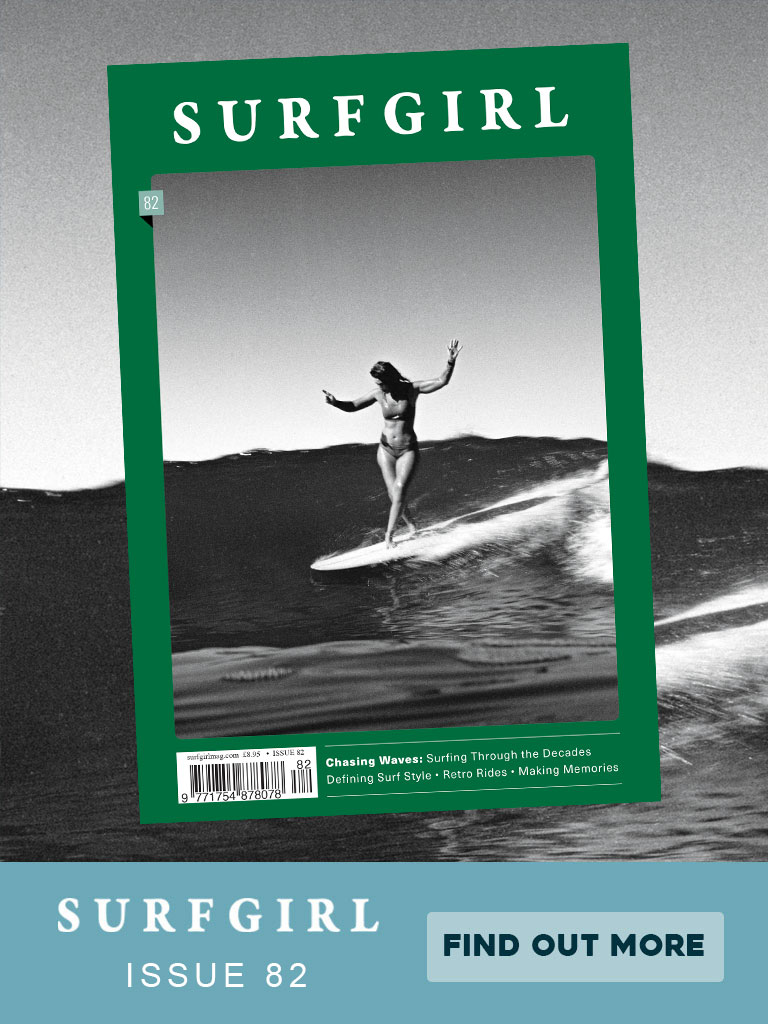Patagonia’s campaign which launches today, aims to raise global public awareness about the massive scale and long-term negative impact of the Balkan Rivers hydropower boom. These are the last wild rivers of Europe – and they deserve to be saved.
Patagonia has been supporting a campaign called “Save the Blue Heart of Europe” for the past two years and the local and regional grassroots groups fighting to protect the rivers of the Balkan Peninsula from dam construction and other devastating development proposals.
The Balkan peninsula, which includes 20,000 pristine, free flowing kilometers of rivers between Slovenia and Albania, has become a target for foreign developers and banks who plan to build 3,000 new hydropower dams and diversions throughout the region.
Last wild rivers of Europe
These are the last wild rivers of Europe: A global treasure that is largely unknown and is threatened by a wave of hydropower development that would devastate local communities and environments. We have an opportunity to shed light on this beautiful, untouched region – the Blue Heart of Europe – and to support the local people and NGOs fighting to stop destructive dam construction on their rivers.
Hydropower clean energy myth
The myth of “clean, green” hydropower must be shattered, for the sake of these Balkans rivers and to protect our last wild rivers around the world, and the call to action of this films focuses on stopping the flow of money from banks that are pushing these destructive dams. Billed as “green power initiatives,” the 3,000 dams and diversion projects* planned for this region would choke some rivers to death, flood valleys with thriving communities that have lived there for millennia, and divert massive amounts of water from other rivers, literally draining long stretches of the river dry. Given many of these projects involve small hydropower plants, we’re often talking about small amounts of the energy, far outweighed by the devastation brought to local communities and the environment.

Kravice Waterfalls, Bosnia and Herzegovina. Photo: Goran Safarek
Contributing to climate change
Dams actively contribute to climate change, through significant emission of greenhouse gasses from reservoirs – total global emissions are comparable to the climate impact of the aviation sector. When a forest or grassland is cut down and/or flooded to make way for a dam or reservoir, those plant communities are no longer available to absorb carbon dioxide from the atmosphere.
Dams and reservoirs slow and broaden rivers, making them warmer, reducing water quality, and harboring destructive non-native species that disperse throughout the watershed and prey on and compete with native wildlife.
These effects, and others brought on by dams and diversions, make rivers and their surrounding communities less resilient to the impacts of climate change. We need our free-flowing rivers to serve as refuges for a diverse array of species and to continue to serve human communities in times of growing water scarcity.
The campaign
Patagonia supports a transition toward lower-impact energy and water sources that, combined with conservation and increased efficiencies, cause less harm to ecosystems, communities and cultures. Solar, wind, and geothermal technologies not only are lower impact, but also often bring more jobs and fewer cost over-runs – for example, wind power creates 4–10 times more jobs per unit of output than large hydropower.
Working with the Save the Blue Heart of Europe campaign, the goal is to highlight local groups protecting wild places, bringing global awareness and putting pressure on decision-makers at all levels.
Local communities
Perhaps most inspiring has been the stories of local communities fighting to protect their rivers. In Bosnia and Herzegovina, for example, the citizens of Kruscica have been sitting in peaceful protest, defending their river against two hydropower projects, and standing up for their rights to drinking water and a healthy environment. The protestors, mostly the women of the community, have blocked construction equipment and personnel, standing their ground even when faced with riot police who forcefully tried to remove the blockade.
International banks are financing projects within protected areas, as well as elsewhere. International banks are trend setters for commercial banks, so stopping financing in this sector would send a strong signal to other investors to do the same.




